Filter by
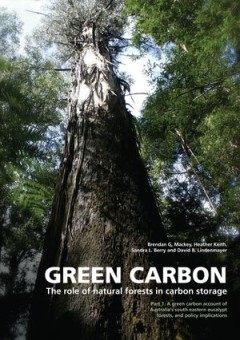
Green Carbon Part 1 The role of natural forests in carbon storage
The colour of carbon matters. Green carbon is the carbon stored in the plants and soil of natural ecosystems and is a vital part of the global carbon cycle. This report is the first in a series that examines the role of natural forests in the storage of carbon, the impacts of human land use activities, and the implications for climate change policy nationally and internationally. REDD (“reduc…
- Edition
- -
- ISBN/ISSN
- 9781921313882
- Collation
- -
- Series Title
- -
- Call Number
- -
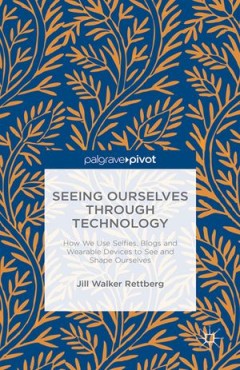
A history of the French in London: Liberty, equality, opportunity
This book examines, for the first time, the history of the social, cultural, political and economic presence of the French in London, and explores the multiple ways in which this presence has contributed to the life of the city. The capital has often provided a place of refuge, from the Huguenots in the 17th century, through the period of the French Revolution, to various exile communities duri…
- Edition
- -
- ISBN/ISSN
- 9781905165865
- Collation
- -
- Series Title
- -
- Call Number
- -

Historical Agriculture and Soil Erosion in the Upper Mississippi Valley Hill …
This thought-provoking book demonstrates how processes of landscape transformation, usually illustrated only in simplified or idealized form, play out over time in real, complex landscapes. Trimble illustrates how a simple landscape disturbance, generated in this case by agriculture, can spread an astonishing variety of altered hydrologic and sedimentation processes throughout a drainage basin.…
- Edition
- -
- ISBN/ISSN
- 9781466555754
- Collation
- -
- Series Title
- -
- Call Number
- -
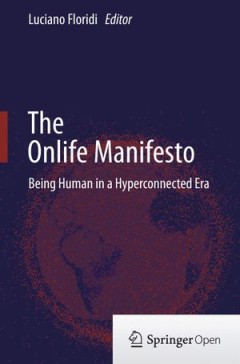
Green Carbon Part 2: The role of natural forests in carbon storage
This report is the second in a series that examines the role of natural forests and woodlands in the storage of carbon. Understanding the role of natural ecosystems in carbon storage is an important part of solving the climate change problem. This report presents a landscape-wide green carbon account of the ‘Great Western Woodlands’ (GWW), sixteen million hectares of mostly contiguous natur…
- Edition
- -
- ISBN/ISSN
- 9781921666711
- Collation
- -
- Series Title
- -
- Call Number
- -

Green Carbon Part 1: The role of natural forests in carbon storage
The colour of carbon matters. Green carbon is the carbon stored in the plants and soil of natural ecosystems and is a vital part of the global carbon cycle. This report is the first in a series that examines the role of natural forests in the storage of carbon, the impacts of human land use activities, and the implications for climate change policy nationally and internationally. REDD (“reduc…
- Edition
- -
- ISBN/ISSN
- 9781921313882
- Collation
- -
- Series Title
- -
- Call Number
- -
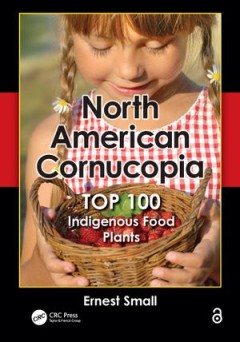
A global history of early modern violence
By expanding the geographical scope of the history of violence and war, this volume challenges both Western and state-centric narratives of the decline of violence and its relationship to modernity. It highlights instead similarities across early modernity in terms of representations, legitimations, applications of, and motivations for violence. It seeks to integrate methodologies of the study …
- Edition
- -
- ISBN/ISSN
- 9781526140609
- Collation
- -
- Series Title
- -
- Call Number
- -
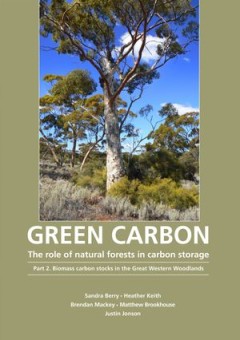
Green Carbon Part 2 The role of natural forests in carbon storage
This report is the second in a series that examines the role of natural forests and woodlands in the storage of carbon. Understanding the role of natural ecosystems in carbon storage is an important part of solving the climate change problem. This report presents a landscape-wide green carbon account of the ‘Great Western Woodlands’ (GWW), sixteen million hectares of mostly contiguous natur…
- Edition
- -
- ISBN/ISSN
- 9781921666711
- Collation
- -
- Series Title
- -
- Call Number
- -

Green Carbon Part 1 The role of natural forests in carbon storage
The colour of carbon matters. Green carbon is the carbon stored in the plants and soil of natural ecosystems and is a vital part of the global carbon cycle. This report is the first in a series that examines the role of natural forests in the storage of carbon, the impacts of human land use activities, and the implications for climate change policy nationally and internationally. REDD (“reduc…
- Edition
- -
- ISBN/ISSN
- 9781921313882
- Collation
- -
- Series Title
- -
- Call Number
- -
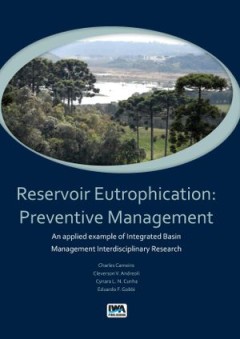
Forests, carbon cycle and climate change
The results presented in this book summarize the main findings of the CARBOFOR project, which brought together 52 scientists from 14 research units to investigate the effects of future climate on the carbon cycle, the productivity and vulnerability of French forests. This book explains the current forest carbon cycle in temperate and Mediterranean climates, including the dynamics of soil carbon…
- Edition
- -
- ISBN/ISSN
- 9782759203857
- Collation
- -
- Series Title
- -
- Call Number
- -

Finance for Food: Towards New Agricultural and Rural Finance
This book reflects the current state of discussion about agricultural and rural finance in developing and transition countries. It provides insight into specific themes, such as commodity value chains, farm banking, risk management in agricultural banking, structured finance, crop insurance, mobile banking, and how to increase effectiveness in rural finance. Case studies illustrate various aspe…
- Edition
- -
- ISBN/ISSN
- 9783642540349
- Collation
- -
- Series Title
- -
- Call Number
- -
 Computer Science, Information & General Works
Computer Science, Information & General Works  Philosophy & Psychology
Philosophy & Psychology  Religion
Religion  Social Sciences
Social Sciences  Language
Language  Pure Science
Pure Science  Applied Sciences
Applied Sciences  Art & Recreation
Art & Recreation  Literature
Literature  History & Geography
History & Geography